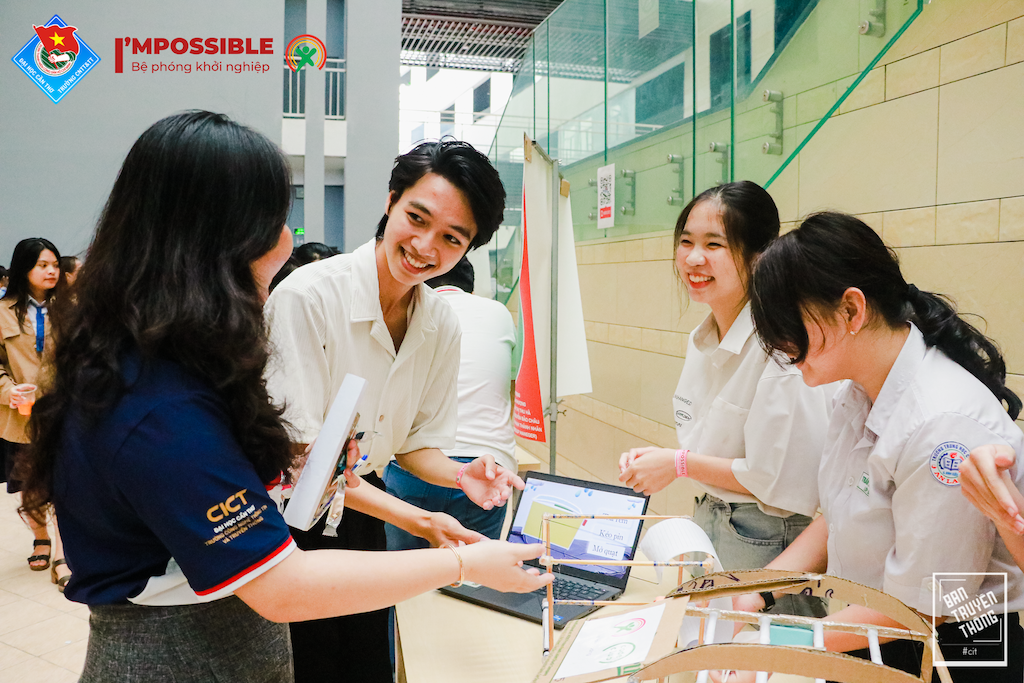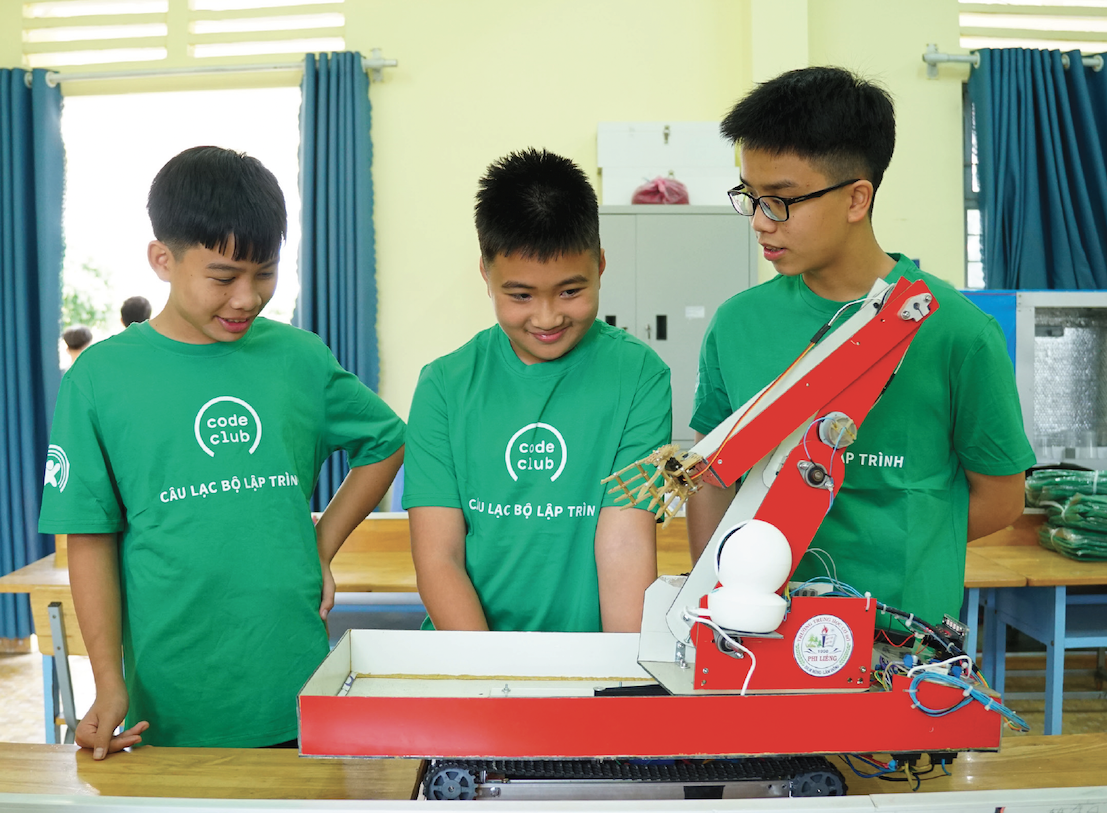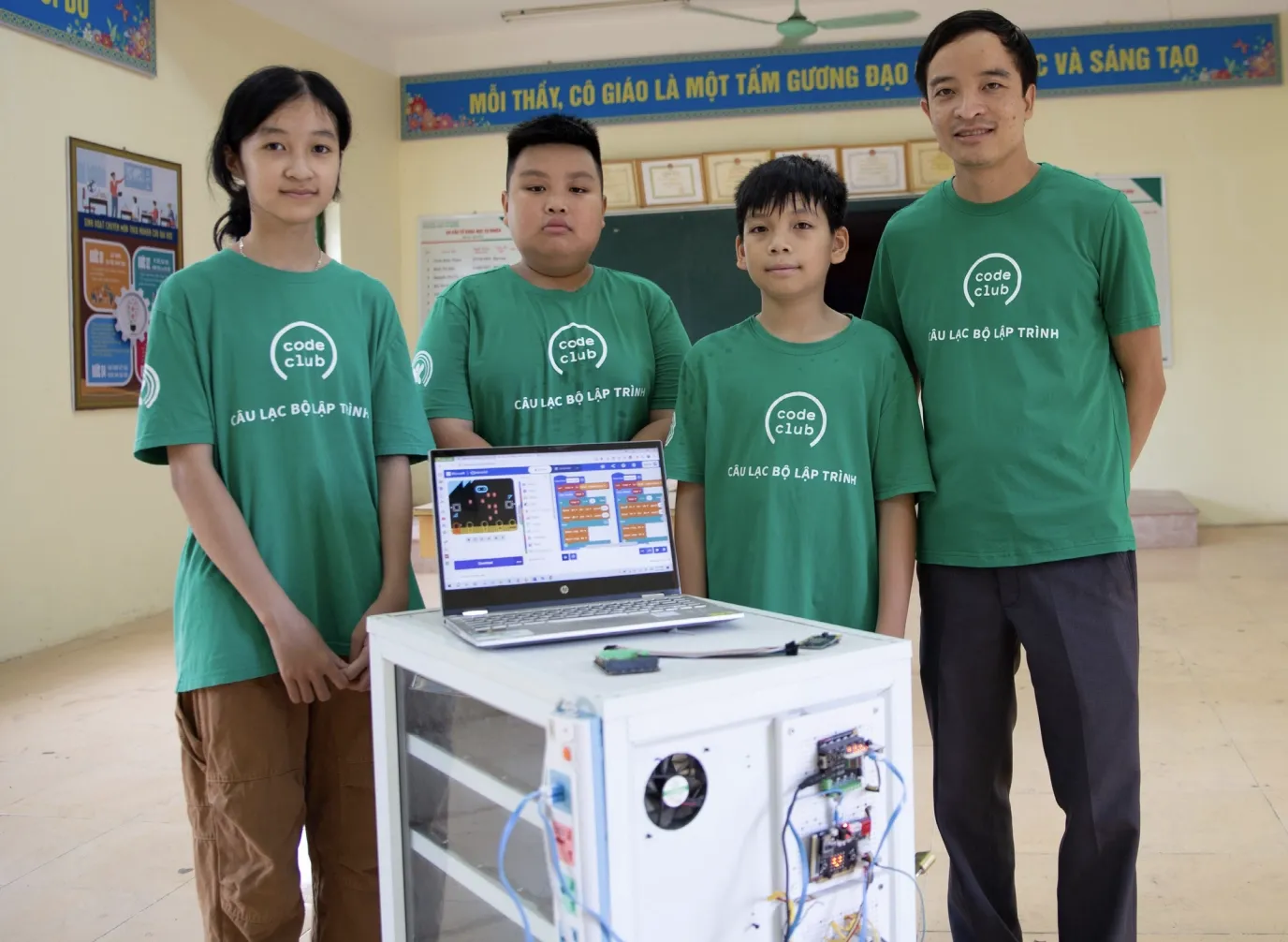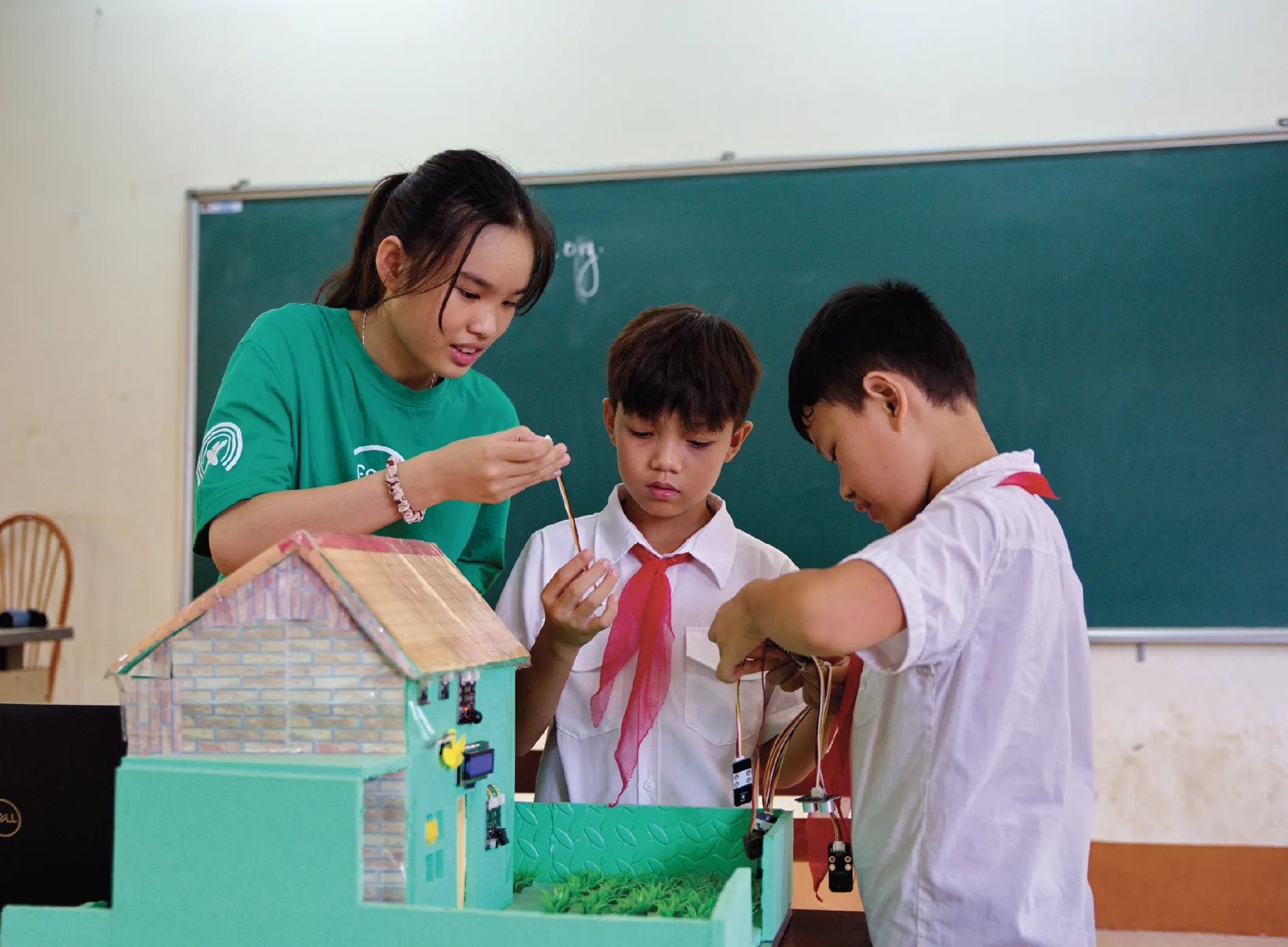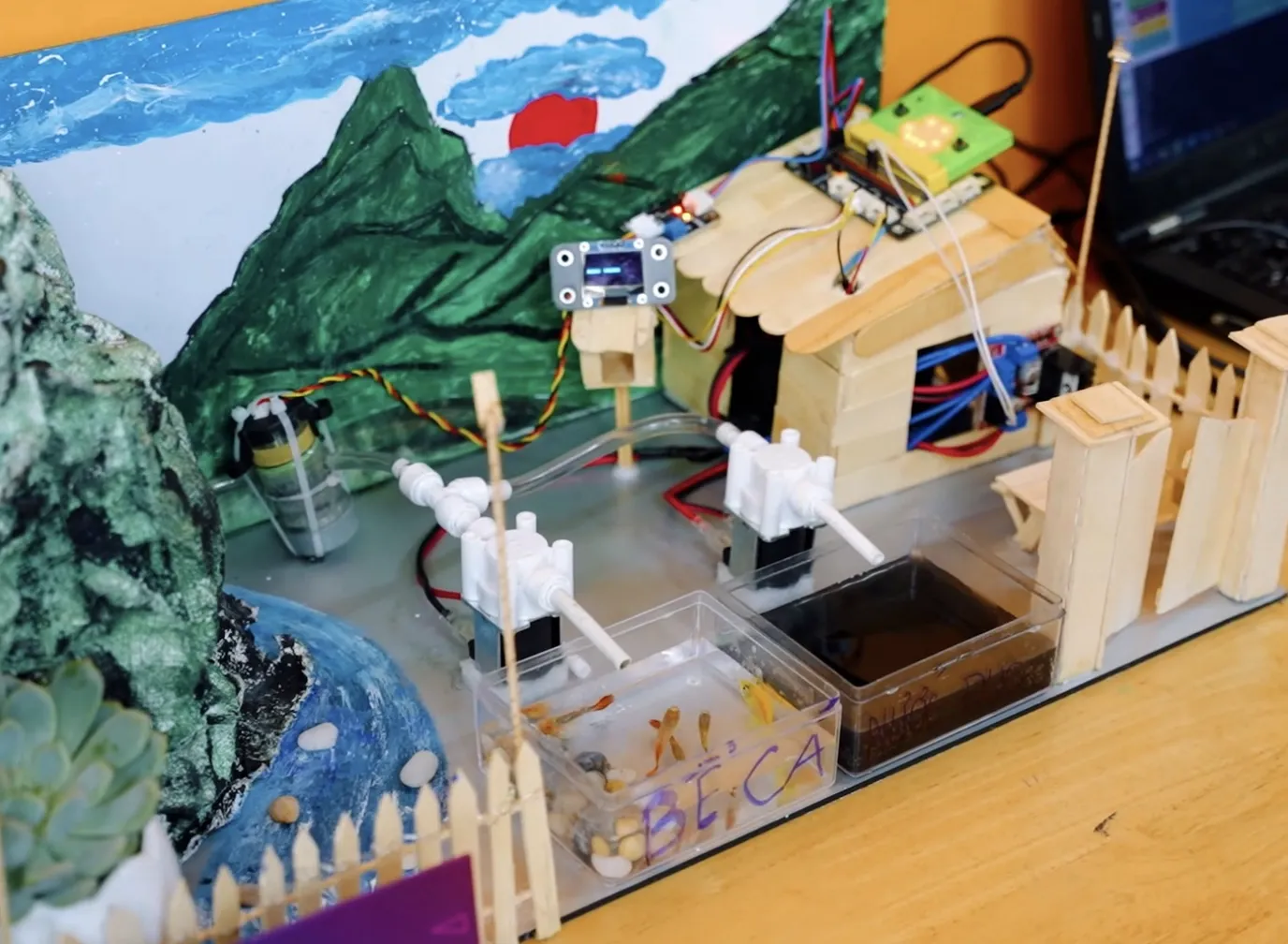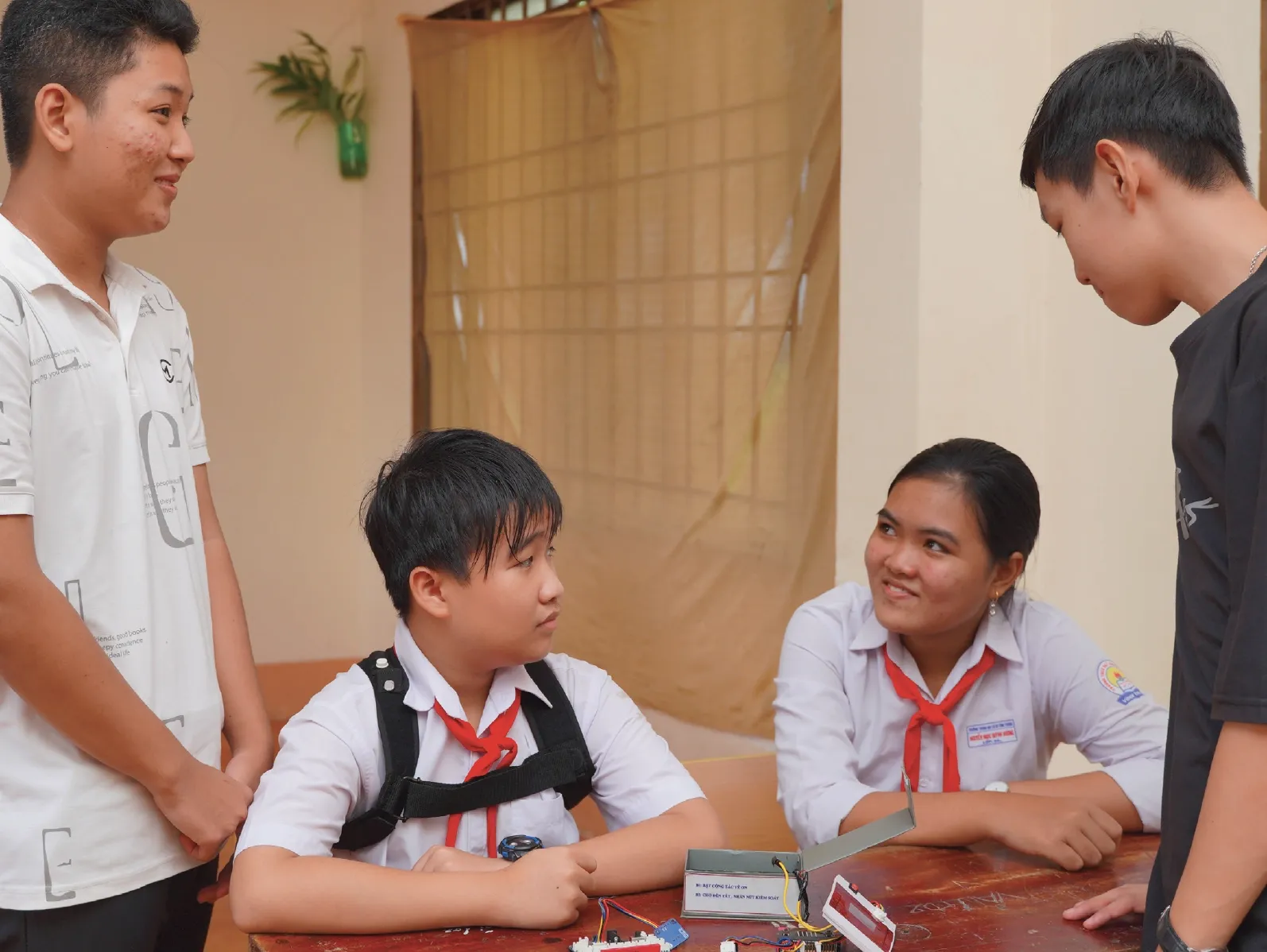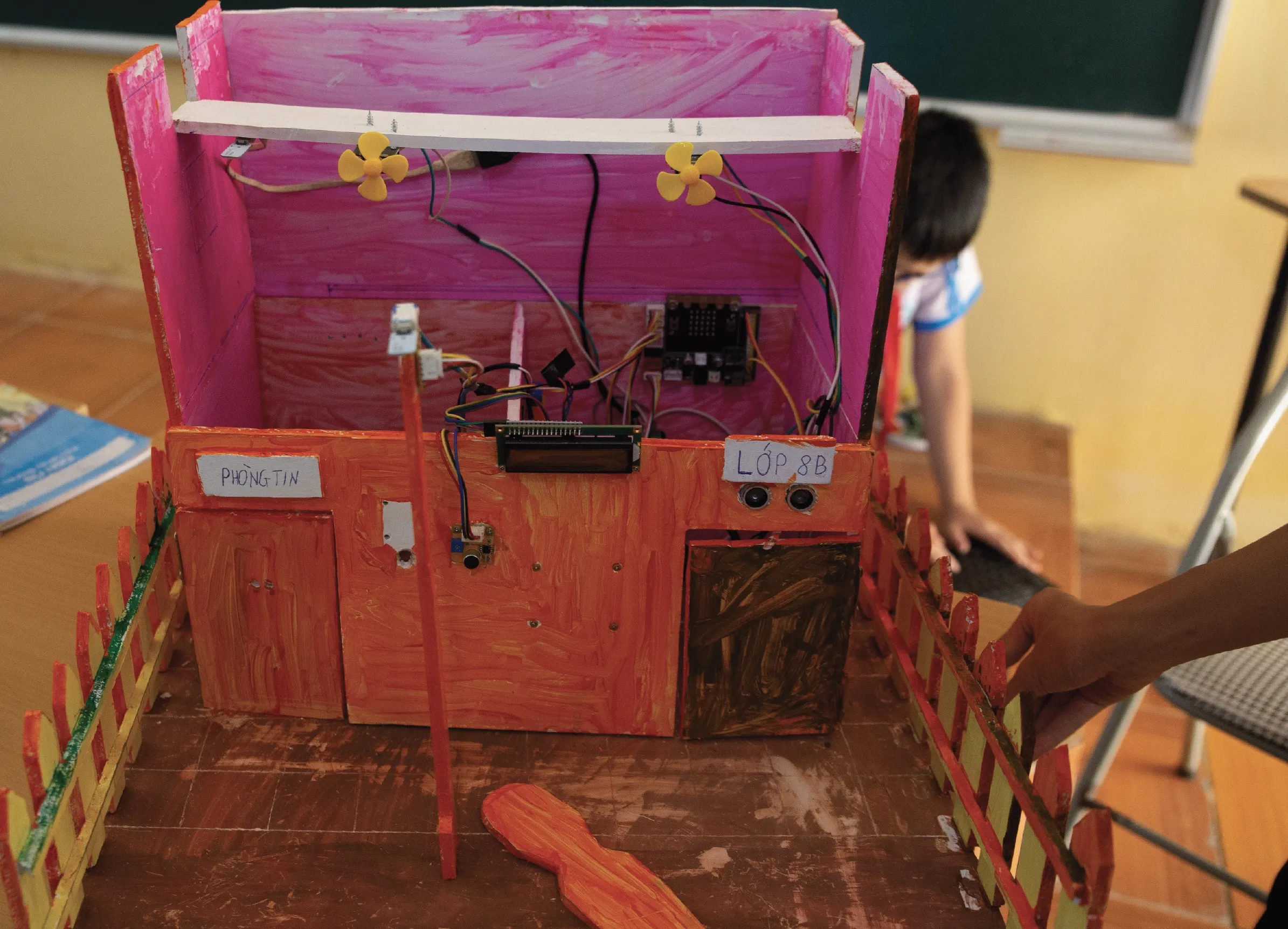DRONE FOR RESCUE MISSIONS
It has been proven that drones are being used more and more frequently in rescue operations and are becoming increasingly helpful and effective. For example, when a fire breaks out in a residential building located in narrow alleyways in cities.
A drone can help transport fire extinguishing balls, masks or other equipment to support rescue operations. During firefighting operations, the drone is also used to identify people in need of help in areas that are difficult to access, rooms or tall residential buildings or in smoky areas.
The camera streams live images to the control screen, allowing the rescue team to create different and effective plans for rescue operations. The drone is designed to carry two fireballs at a time. It uses camera and heat sensors to detect fire, and the user can control the dropping of the fireballs.
The drone can also be used for other rescue missions; for example, to transport water, food, milk or other supplies to assist rescue teams.



